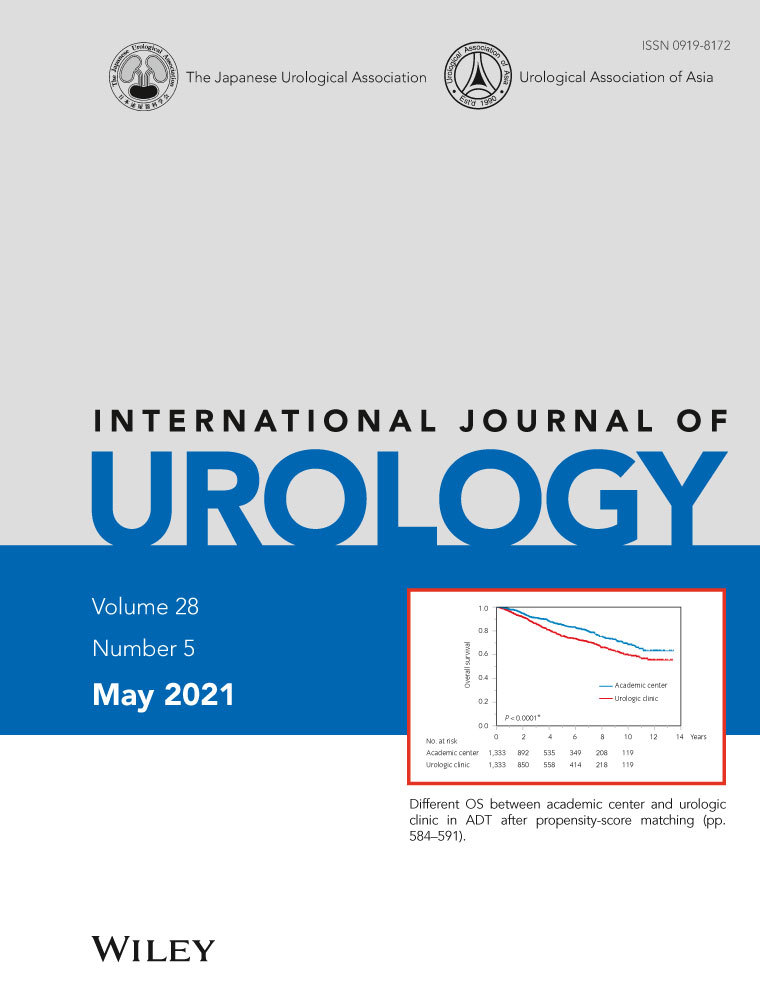What is the most anticipated change induced by treatment using gender-affirming hormones in individuals with gender incongruence?
Abstract
Objectives
To identify the most eagerly anticipated change resulting from hormone therapy using gender-affirming hormones for patients with gender incongruence undergoing a clinical trial.
Methods
Patients diagnosed with gender identity disorders based on the International Classification of Diseases 10th revision classification at three institutions in Japan for whom hormone therapy using gender-affirming hormones was initiated were analyzed. They were asked what the most anticipated change was due to gender-affirming hormone that they had thought of between giving informed consent and the first administration of the drug.
Results
The responders were 336 transgender men who were administered androgens and 48 transgender women who received estrogens. The median age at commencement of hormone therapy was 24 years for transgender men and 28 years for transgender women. For transgender men, the most frequent answer was cessation of menses (52.7%) followed by a deepened voice (32.4%). For transgender women, breast development (35.4%) was the most anticipated change, followed by gynoid fat deposition (29.2%).
Conclusions
Cessation of menses in transgender men and breast development/gynoid fat deposition in transgender women might represent primary end-points in clinical trials evaluating the efficacy of hormonal treatment in these patients.
Conflict of interest
None declared.




